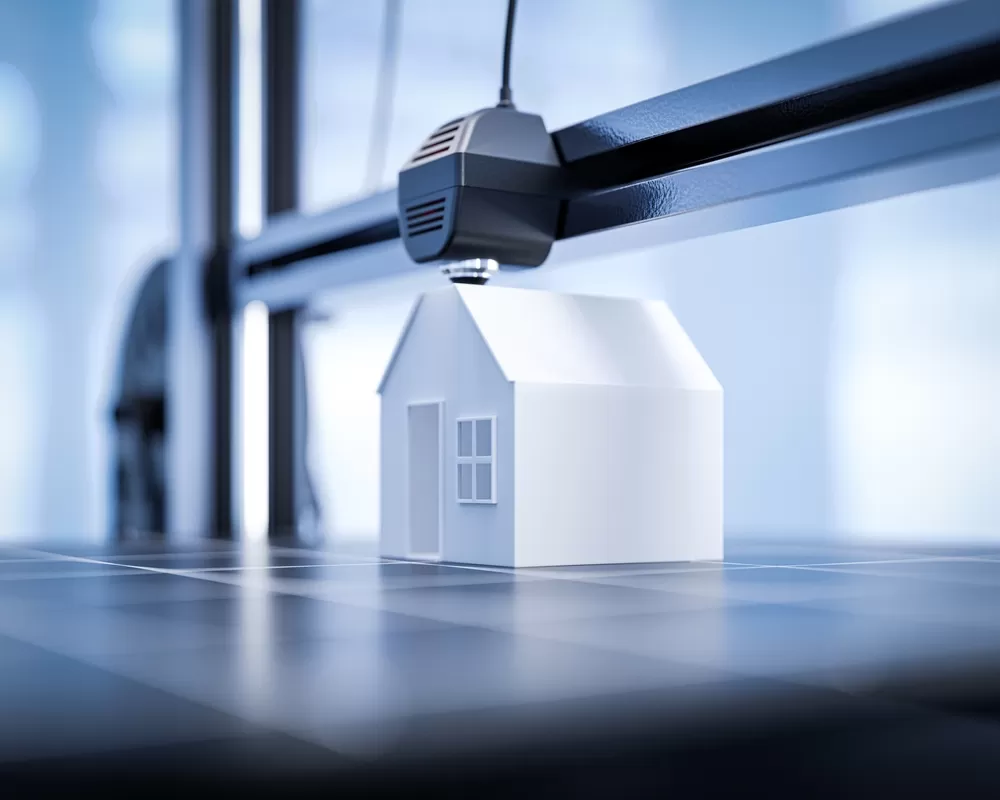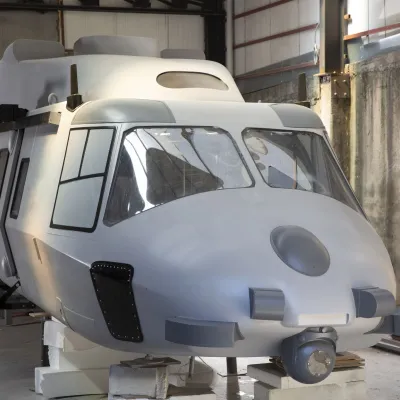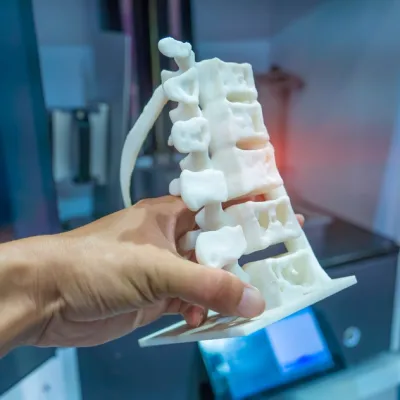- Konu Başlıkları
- Materials Used in 3D Printing Architecture: Basic Elements of Building Technology
- 3D Printing Materials in Architecture: The Era When Structures Are Reshaped!
- Concrete: The Foundation of Architectural 3D Printing
- Plastic: Flexibility and Lightness
- Metal: Durability and Strength
- Glass: Transparency and Aesthetics
- Composite Materials: Innovative and Environmentally Friendly
- The Future of 3D Printing Materials
Materials Used in 3D Printing Architecture: Basic Elements of Building Technology
Today, 3D printing stands out as a revolutionary innovation in the world of architecture. Offering many advantages that can replace traditional methods, especially in the construction and building sector, 3D printing technology is reshaping the way structures are built. However, choosing the right materials is of great importance in order to use this innovative technology. So, what are the materials used in 3D printing architecture? In this article, we will discuss the 3D printing materials used in architecture in detail and discover what advantages each one offers.
[widget-131]
3D Printing Materials in Architecture: The Era When Structures Are Reshaped!
In recent years, the materials used in 3D printing architecture in the world of architecture have created a great revolution in order to make structures faster, more environmentally friendly and more aesthetic. 3D printing materials in architecture completely transform construction processes, offering innovative solutions at every stage from design to production. These materials constitute the basic building blocks of future architectural projects, considering not only the aesthetic features of the structure, but also important factors such as durability and functionality. Various materials such as concrete, plastic, metal, glass and composites stand out with different properties and advantages as 3D printing materials. Each material, with its unique uses and advantages, reveals the diversity and development among the materials used in 3D printing architecture.

Concrete: The Foundation of Architectural 3D Printing
Concrete is one of the most widely used architectural 3D printing materials. The use of concrete represents one of the strongest aspects of 3D printing technology in architecture. Thanks to 3D printers, concrete can be built directly layer by layer, which creates new possibilities in terms of both aesthetics and structure. The biggest reason why concrete comes to the fore among the materials used in 3D printing architecture is its low cost and high durability. In addition, concrete structures produced in special forms can be too complex to be built with traditional methods.
The use of concrete, which has great importance among architectural 3D printing materials, is not only practical, but also environmentally friendly. Concrete mixed with recycled materials reduces the negative impact on the environment. However, when concrete is used with 3D printers, construction time is shortened, labor is reduced, and less material is wasted.
Plastic: Flexibility and Lightness
Among 3D printing materials in architecture, plastic stands out with its flexibility and lightness. Plastic is extremely useful, especially for prototypes and small structures. Polymer-based plastics are popular among 3D printing materials because they can be produced very quickly and at low cost. In addition, as the durability of plastics increases, this material can become suitable for larger projects.
Plastics, which are among 3D printer materials, can be produced in different colors and features. This allows architects to use their imagination more freely. In addition, plastic materials allow the creation of geometrically rich and detailed structures.
Metal: Durability and Strength
Metal is one of the most preferred among materials used in 3d printing architecture. Metals used in 3D printing technology are generally materials such as aluminum, steel, and titanium. In addition to creating high-temperature-resistant structures, these metals also allow for the creation of aesthetically stylish and modern designs.
Among architectural 3D printing materials, the use of metal is preferred, especially in large projects or structures that need to carry heavy loads. The durability of metal materials allows for the construction of long-lasting and safe structures. The materials used in 3D printing architecture can also be produced with high accuracy, which allows for the realization of detailed and complex designs.

Glass: Transparency and Aesthetics
Glass is a newer and rarely used, but quite impressive option among architectural 3D printing materials. Glass 3D printing allows structures to be transparent, modern and aesthetically striking. Since this material allows the passage of light, it offers great advantages, especially in terms of natural light use and energy efficiency.
Among the materials used in 3D printing architecture, glass helps architects turn their creative designs into reality. When transparent structures and windows are designed, glass can be produced with 3D printing at minimal cost. In addition, optimizing the environmental interaction of structures with glass 3D printing technology becomes possible thanks to architectural 3D printing materials.
Composite Materials: Innovative and Environmentally Friendly
In recent years, the use of composite materials among 3D printing materials has been increasing. Composites are usually composed of a combination of carbon fiber, glass fiber or other organic materials and offer high durability and lightness. Among architectural 3D printing materials, composites are preferred especially in sustainable projects and structures requiring high performance.
This type of material plays an important role in minimizing the environmental impact of construction. While the lightness of composites facilitates transportation and assembly processes, long-lasting structures are obtained thanks to their high durability.
[widget-136]
The Future of 3D Printing Materials
Materials used in 3D printing architecture are among the most important elements that will shape the construction and building sector in the future. Various materials such as concrete, plastic, metal, glass and composite materials allow architects to turn their imagination into reality. Faster, more efficient and more sustainable structures can be built thanks to 3D printing materials in architecture. Thanks to the opportunities offered by this innovative technology, architectural projects become much more original, aesthetic and functional. In the future, structures built with 3D printing thanks to architectural 3D printing materials will form the basic building blocks of our cities and living spaces.
We have provided comprehensive information about the materials used in 3D printing architecture, covering the latest developments and areas of use in this field. Each material is an important building block that will shape the future of architectural projects.


















